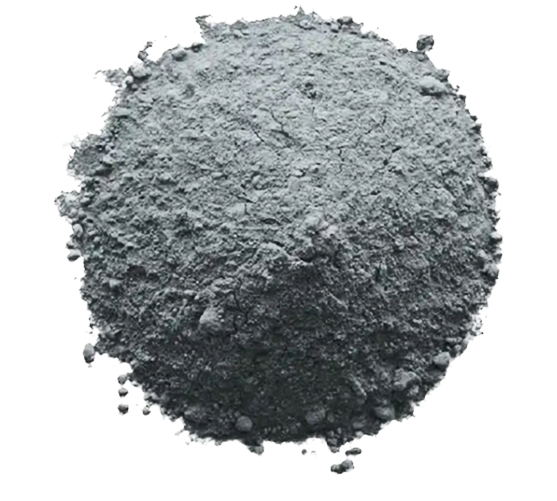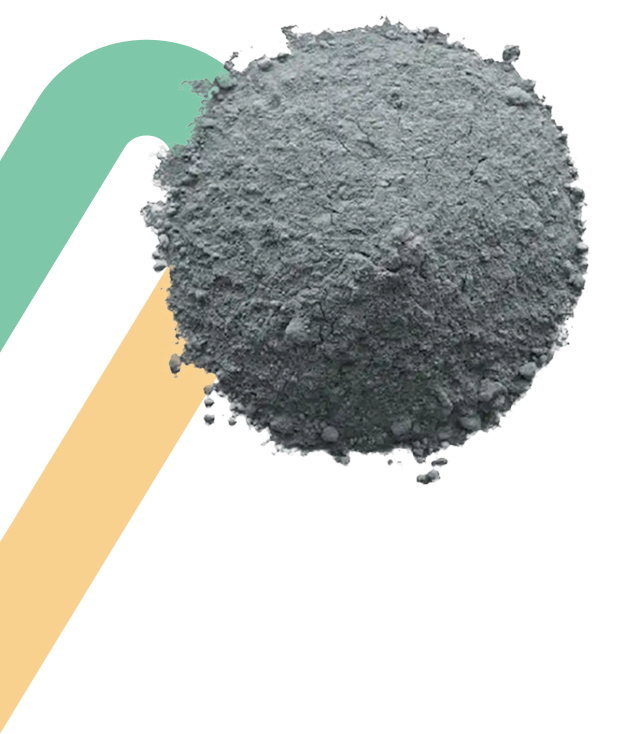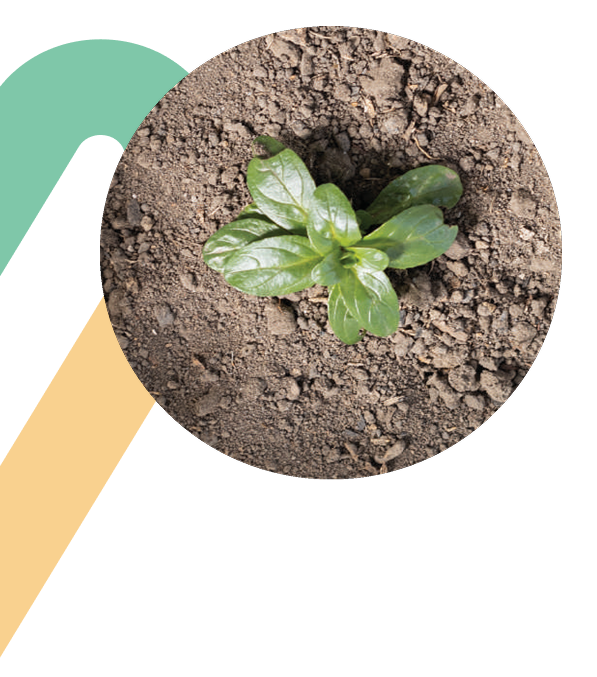Fly Ash – A Sustainable Solution
for Stronger Concrete

Product Overview
Fly Ash
Product Type:
Supplementary Cementitious Material (SCM)
Description:
It consists of spherical glassy particles that are rich in silica (SiO2), alumina (Al2O3), and iron oxide (Fe2O3).
Fly ash is a fine, powdery material produced as a byproduct from the combustion of pulverized coal in power plants.
Flyrash is an eco-friendly material for various construction and industrial uses.
Source:
India and Malysia
Unlocking the Full Potential of Fly Ash
Key Features
Enhance Strength, Durability, and Sustainability with every mix
Sustainable
Fly ash is a sustainable material that reduces the carbon footprint of concrete and other construction materials.
Chemical Resistance
It enhances the resistance of concrete to sulfate and chloride attacks.
High Pozzolanic Activity
It enhances the properties of concrete and provides long-term strength and durability.
Reduced Heat of Hydration
Fly ash helps in reducing the heat generated during the cement hydration process.
Cost-Effective
Fly ash is cost-effective and readily available, making it an economical choice for various applications.
Improve Workability
Lowers water demand, enhances slump, and extends workability for easier concrete mixing.
Versatile Applications
From concrete to roadways, Fly Ash is
shaping the future of infrastructure.

Concrete Production
Fly ash is widely used as a supplementary cementitious material in concrete production, reducing the need for Portland cement and lowering the environmental impact.
Brick and Block Manufacturing
It is utilized as an ingredient in the production of bricks and blocks, enhancing their strength and durability.
Mortar and Grout
It improves the workability and long-term performance of mortar and grout in construction projects.
Soil Stabilization
Fly ash can be mixed with soils to improve their engineering properties, making it valuable in construction and infrastructure projects.
Highway Construction
Fly ash is used in road construction for stabilizing soils and as a partial replacement for cement in concrete pavements.
Waste Stabilization
It can be used to stabilize hazardous and nonhazardous waste materials.
Technical Specifications
Engineered for Performance & Sustainability, Precise composition and properties to meet industry standards.
| Properties | Unit | ASTM C618 Class F |
|---|---|---|
| Silicon Dioxide, Aluminum Oxide, Iron Oxide (Si02 + Al203 + Fe2O3) | % | 70 Min |
| Sulfur Trioxide (SO3) | % | 5.0 Max |
| Moisture Content (H2O) | % | 3.0 Max |
| Loss on Ignition (L0I) | % | 6.0 Max |
| Fineness - Retained on 45 pm (No. 325) sieve | % | 34 Max. |
| 7 day (% of control) | % | 75 Min |
| 28 day (% of control) | % | 75 Min |
| Water Requirement (% of control) | % | 105 Max |
| Autoclave Expansion or Contraction | % | 0.8 Max. |
How we Handle Fly Ash

Ensuring Excellence: Quality, Storage, and Sustainability
Quality Standards:
Fly ash products conform to ASTM C618 and
other international standards for
supplementary cementitious materials.
Storage and Handling:
Store fly ash in a dry environment to prevent moisture absorption. Handle with care to minimize dust generation.
Environmental Benefits:
Using fly ash in construction materials significantly reduces greenhouse gas emissions and conserves natural resources. It is an environmentally responsible choice for sustainable construction practices.

